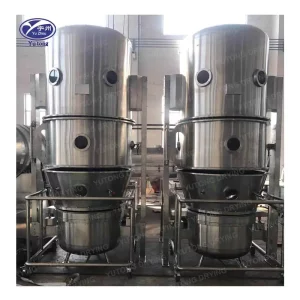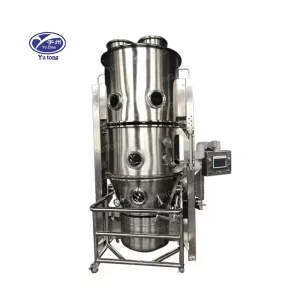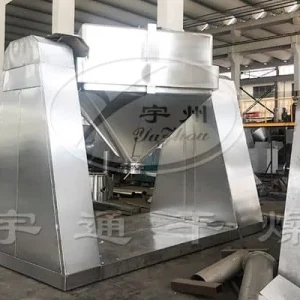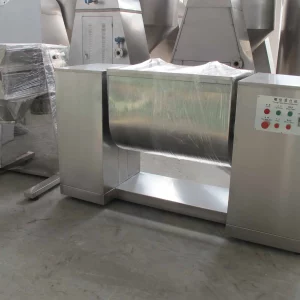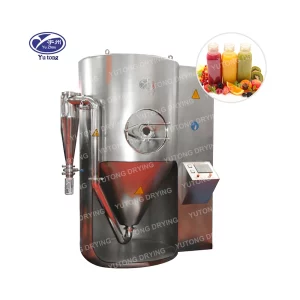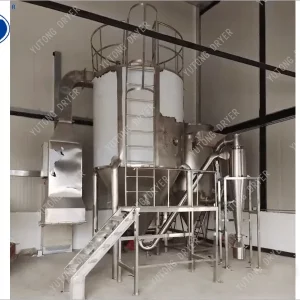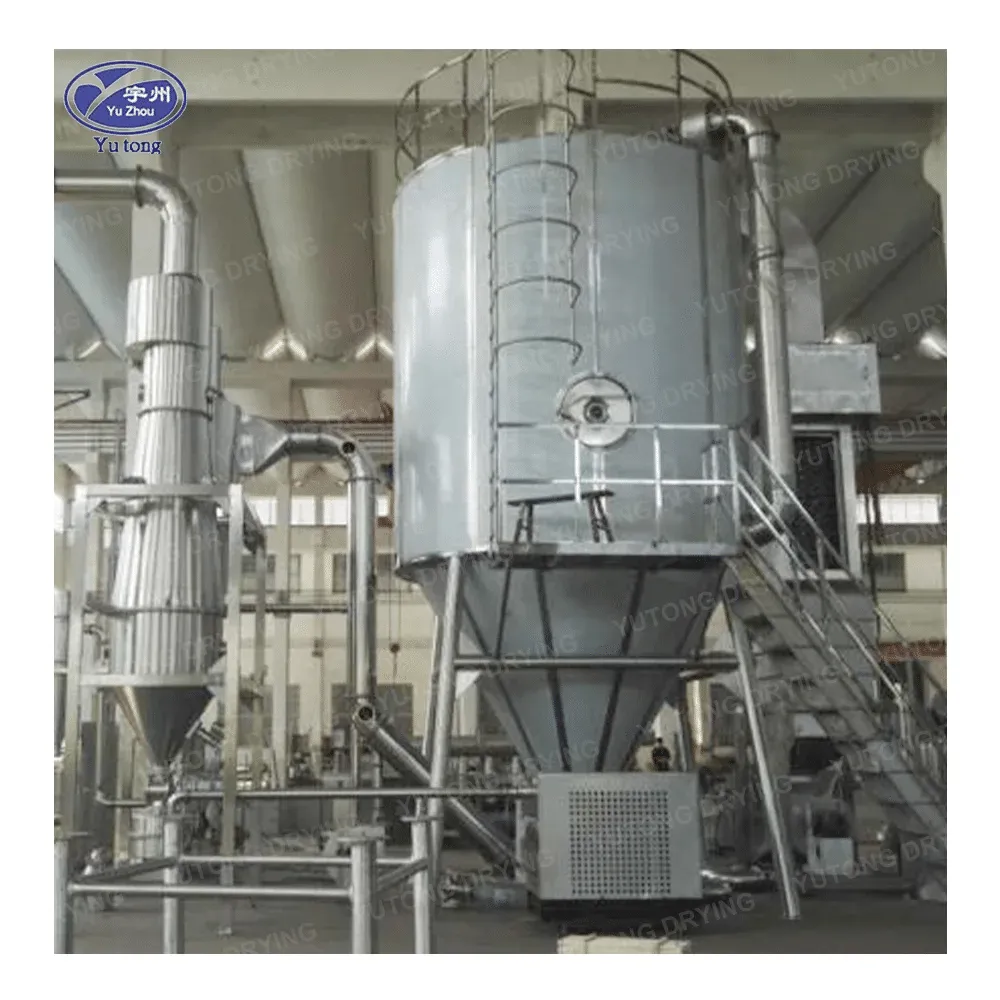The fluidized bed dryer is a highly efficient and versatile piece of equipment that has become an essential tool in various industries. This drying technology offers several advantages over traditional drying methods, making it a popular choice for processing a wide range of materials.
At its core, a fluidized bed dryer consists of a chamber where a bed of solid particles is suspended by a stream of gas. The gas, usually air, is introduced through a perforated plate or distributor at the bottom of the chamber. As the gas passes through the bed of particles, it creates a fluid-like state, allowing for excellent heat and mass transfer.
The principle of fluidization is what makes the fluidized bed dryer so effective. When the gas velocity reaches a certain point, the drag force on the particles overcomes the force of gravity, and the particles start to move freely. This fluid-like behavior results in a high degree of mixing and uniformity, ensuring that every particle is exposed to the same drying conditions.
One of the main advantages of the fluidized bed dryer is its ability to handle a wide variety of materials. Whether it’s powders, granules, flakes, or even pastes, the fluidized bed dryer can effectively dry different types of materials with varying physical properties. This versatility makes it suitable for use in industries such as pharmaceuticals, food processing, chemicals, and minerals.
In the pharmaceutical industry, for example, fluidized bed dryers are used to dry active ingredients, excipients, and finished drug products. The gentle drying process and uniform heat transfer are ideal for heat-sensitive pharmaceutical materials, ensuring that the active ingredients remain stable and effective. Additionally, fluidized bed dryers can be easily integrated into continuous manufacturing processes, improving production efficiency and reducing costs.
The food processing industry also benefits greatly from fluidized bed dryers. These dryers are used to dry a wide variety of food products, such as fruits, vegetables, grains, and spices. The rapid drying and preservation of nutritional value make fluidized bed dryers an essential tool in food processing. Moreover, fluidized bed dryers can be designed to meet the strict hygiene standards required in the food industry, ensuring that the dried products are safe for consumption.
In the chemical industry, fluidized bed dryers are used to dry chemicals, pigments, catalysts, and other fine powders. The efficient heat transfer and short drying times offered by fluidized bed dryers make them ideal for drying chemical products that are sensitive to heat or moisture. Additionally, fluidized bed dryers can be customized to handle different types of chemical reactions and processes, making them a versatile tool for the chemical industry.
The minerals industry also makes extensive use of fluidized bed dryers. These dryers are used to dry minerals, ores, and other mining products. The high drying capacity and ability to handle abrasive materials make fluidized bed dryers an essential piece of equipment in this sector. Moreover, fluidized bed dryers can be designed to operate in harsh environments and handle large volumes of materials, making them suitable for use in mining operations.
In addition to their versatility, fluidized bed dryers also offer several other advantages. For example, they have a relatively small footprint compared to traditional drying methods, making them suitable for installation in limited spaces. Fluidized bed dryers also consume less energy than many other drying methods, reducing operating costs and environmental impact. Additionally, fluidized bed dryers can be easily automated and controlled, ensuring consistent drying quality and reducing the need for manual labor.
Despite their many advantages, fluidized bed dryers also have some limitations. For example, they may not be suitable for drying materials that are very sticky or have a high moisture content. Additionally, fluidized bed dryers can be noisy and may require additional noise reduction measures in some applications. However, with proper design and optimization, these limitations can be minimized.
In conclusion, the fluidized bed dryer is a highly efficient and versatile piece of equipment that offers several advantages over traditional drying methods. Its ability to handle a wide variety of materials, rapid drying times, and energy efficiency make it an essential tool in various industries. As technology continues to advance, fluidized bed dryers are likely to become even more efficient and adaptable, meeting the evolving needs of different industries.

